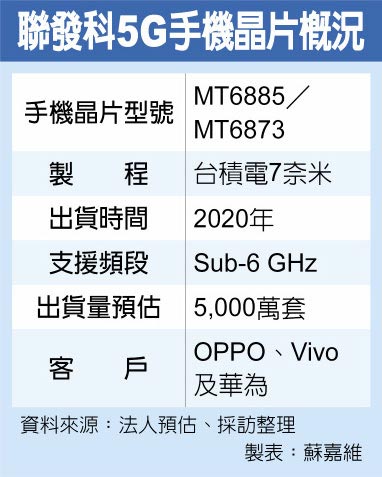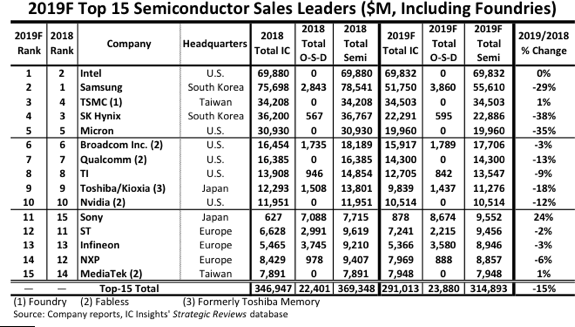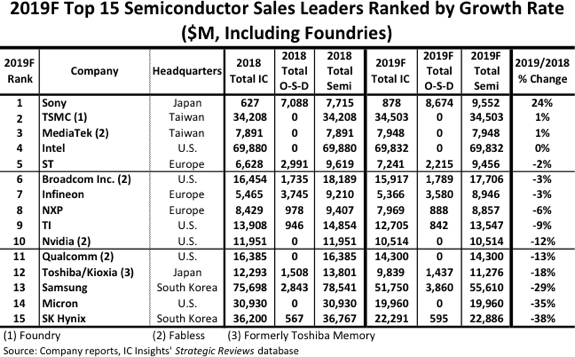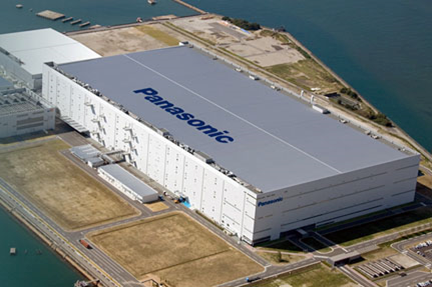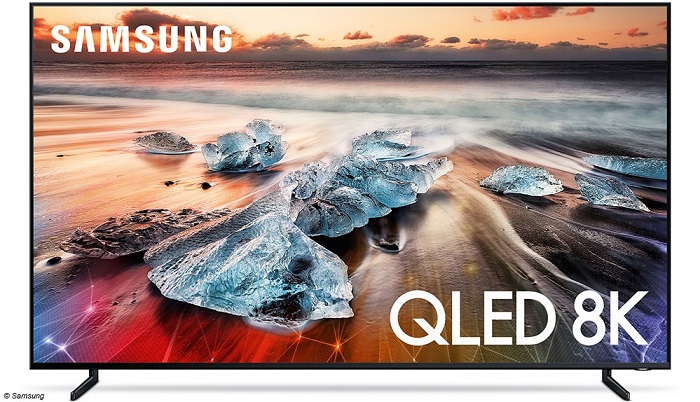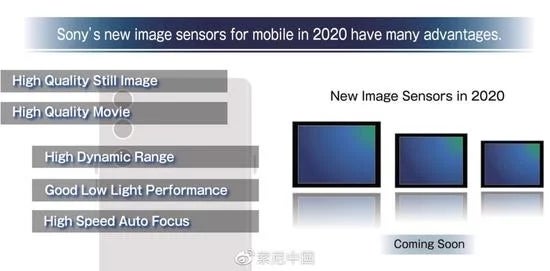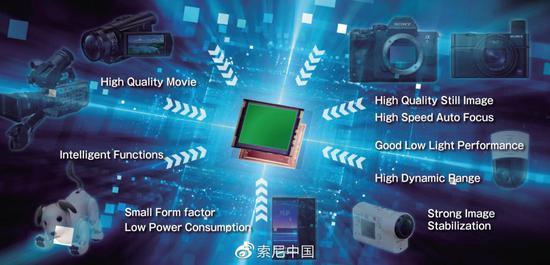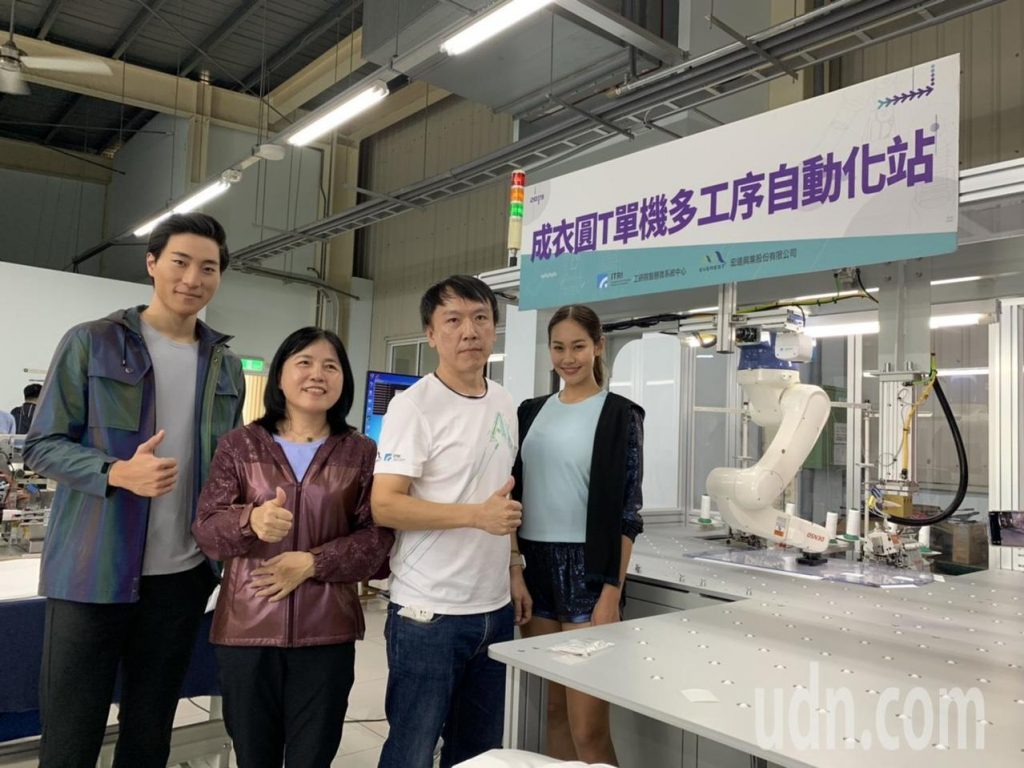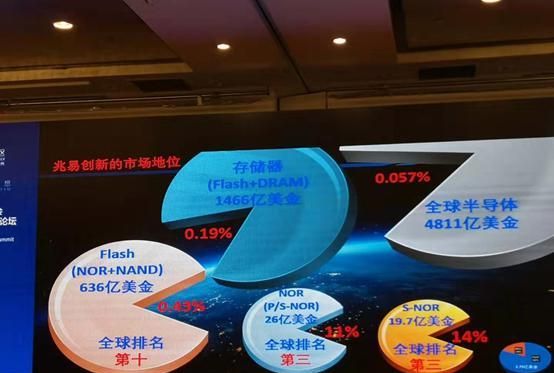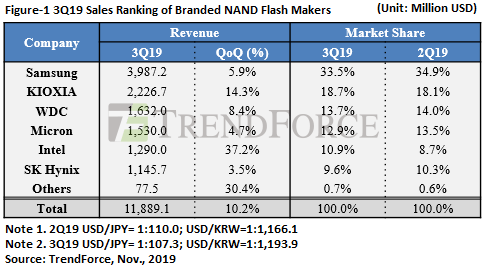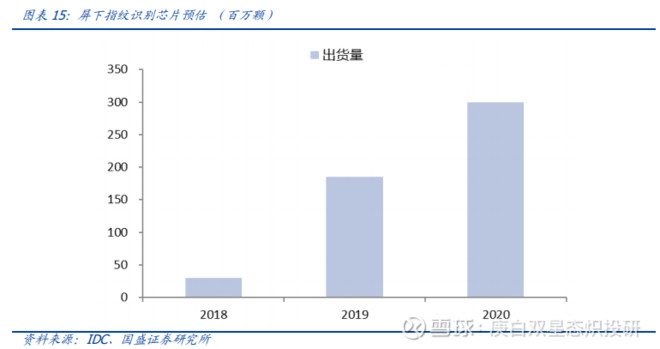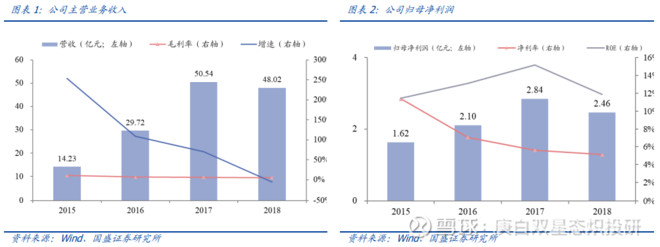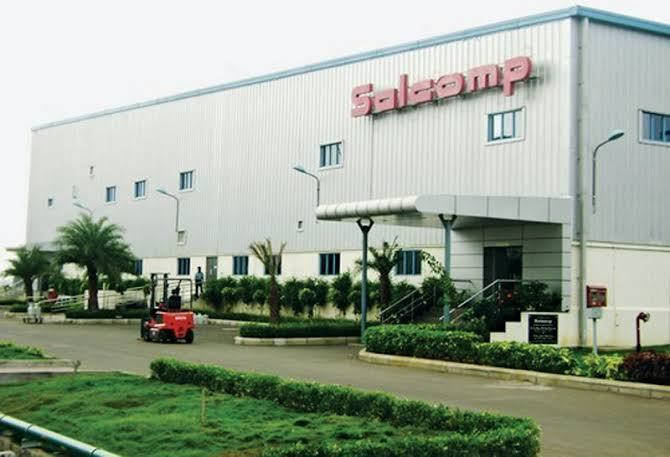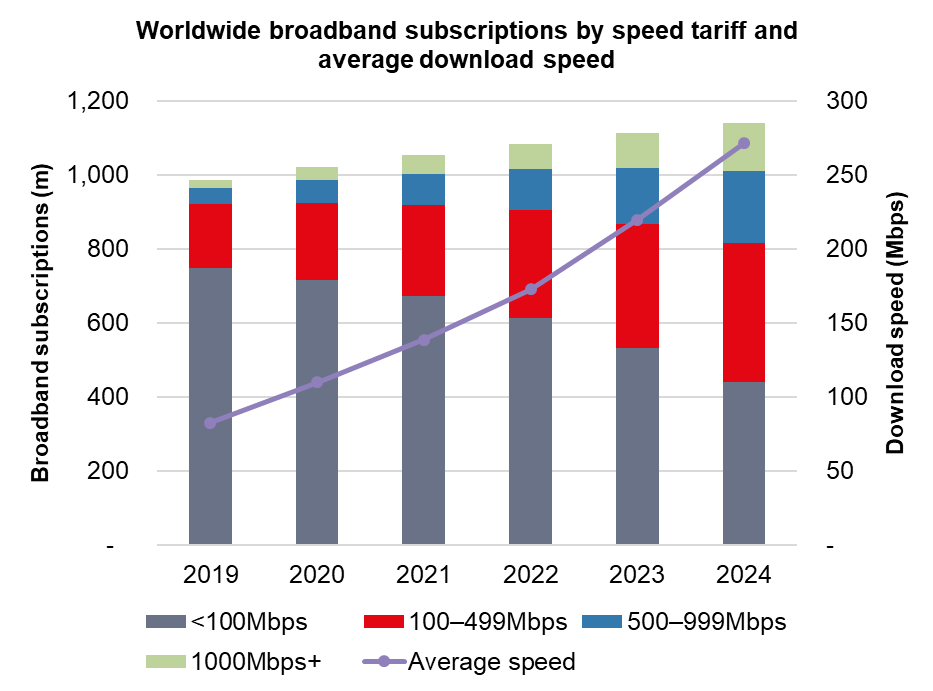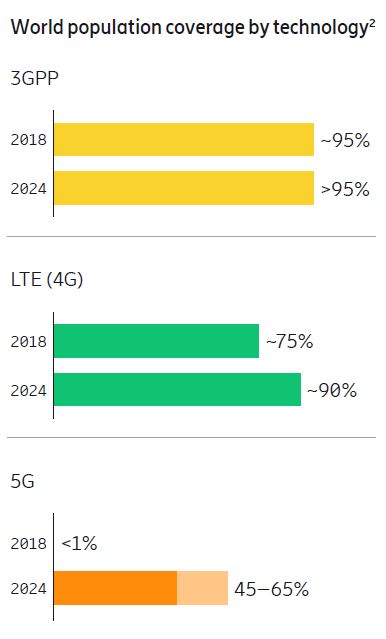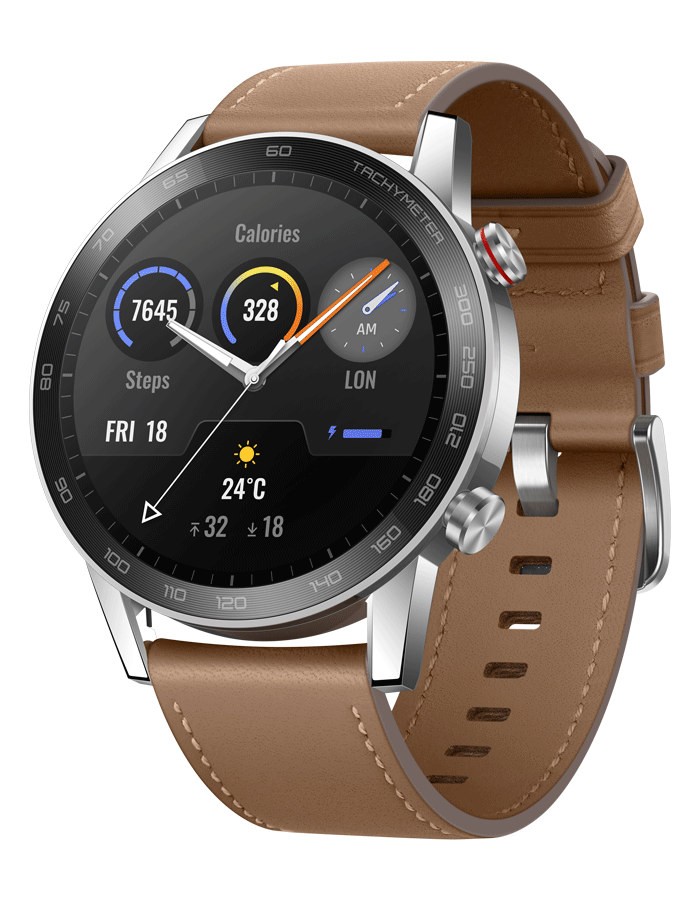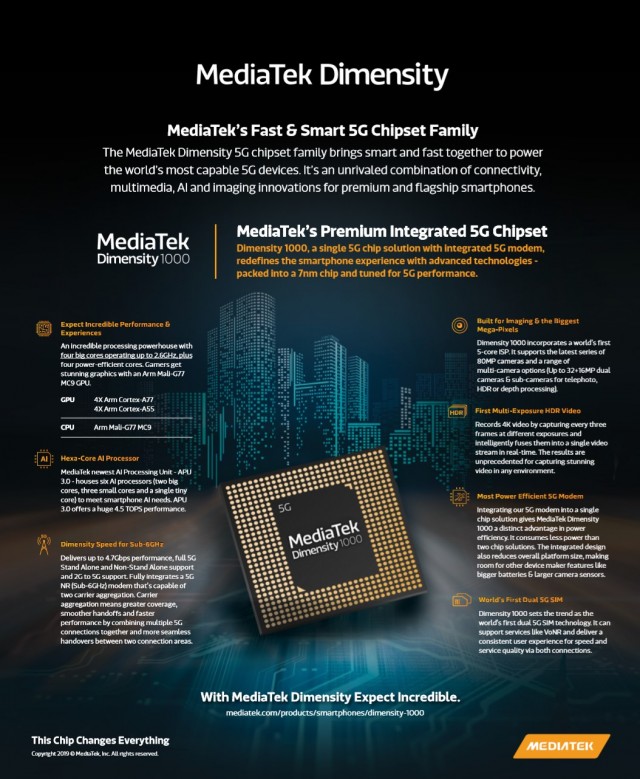
11-27: ediaTek has announced it is partnering with Intel to bring MediaTek’s new 5G modem to PCs; 2MP / 5MP / VGA CMOS image sensors are seriously in shortage; etc.
Chipsets
MediaTek has announced it is partnering with Intel to bring MediaTek’s new 5G modem to PCs. Through this partnership, Intel has been working with MediaTek on the 5G solution for deployment in key consumer and commercial laptop segments. Dell and HP are expected to be among the first original equipment manufacturers (OEMs) to deliver laptops powered by Intel and MediaTek’s 5G solution. The first rollout of devices is expected for early 2021. (Liliputing, MediaTek, CN Beta)
MediaTek’s 5G chip prices have reportedly risen by 20%, and customers are still willing to pay. The reason is that Samsung’s 7nm process yield rate is allegedly not sufficient that might impact Qualcomm’s 5G chip supply. Qualcomm’s Snapdragon 7250 is rumored to yield less than 30% in Samsung’s 7nm process. The price of MediaTek’s 5G chips is 4~5 times higher than that of 4G chips. At present, it has won orders from OPPO and vivo. (China Times, CN Beta)
MediaTek has officially unveiled its new SoC linup with 5G support, which will carry the brand name “Dimensity”. Dimensity 1000 5G is built on 7nm process with four Cortex-A77 cores and four Cortex-A55 cores. Integrated Sub-6 5G modem provides high speeds and power saving, with dual-SIM and carrier aggregation. Devices with the Dimensity 1000 will begin hitting the market in late 2019, with wide rollout through 2020. (GSM Arena, Android Central, PR Newswire)
IC Insights has listed the expected top-15 worldwide semiconductor (IC and O-S-D—optoelectronic, sensor, and discrete) sales ranking for 2019, which includes six suppliers headquartered in the U.S., three in Europe, two each in South Korea, Japan, and Taiwan. All of the top-15 companies are expected to have sales of at least USD7.0B in 2019. Intel is once again expected to rank as the largest semiconductor supplier and have sales that are 26% larger than Samsung in 2019. (My Drivers, IC Insights, press)
Touch Display
Panasonic has announced that it will withdraw from all production of liquid crystal display panels by 2021. Panasonic, based in Kadoma, Osaka Prefecture, western Japan, started producing LCD panels at the Himeji factory in 2010. Yet the company quit making LCD panels for televisions in 2016 amid competitive pressure from South Korean and Chinese rivals. (Japan Today, Laoyaoba, Japan Times)
Samsung Display and LG Display will supply their OLED displays to Apple for its new iPhone model that is expected to be released in the fall of 2020. Samsung Display will be the sole supplier of 5.4” and 6.7” OLED panels, while LG Display will supply 6.1” OLED panels. (Laoyaoba, CN Beta, ET News)
Samsung is not only working on quantum dot OLED display solutions (starting in 1Q21), but also has the potential to integrate quantum dots with Micro-LED technology to launch smart TVs using micro-blu-ray quantum dot (QNED) technology. (Laoyaoba, CN Beta, Small Tech News)
Camera
Sony is working to improvements to its new image sensors in aspects such as HDR, low light, autofocus and high-speed focus. The company hints that the ultimate goal is to catch up with SLR in terms of quality. The company says it will deploy large-size chips and will also gradually apply polarized sensing technology for industrial applications and new technology in surveillance, TOF and automotive sensing to mobile phone chips. Sony Semiconductor is expected to achieve JPY1.04T in sales with image sensors contributing a massive JPY890B in its 2019 financial year. (GizChina, Gizmo China, Sina)
Taiwan’s government-funded Industrial Technology Research Institute (ITRI) and Everest Textile, a local maker of functional fabrics, have jointly developed an automated multi-tasking system for garment production, able to cut manual operation by 70% through incorporating ITRI’s 3D smart vision sensing technology. (Digitimes, press, UDN, Digitimes)
In the CMOS image sensor (CIS) market, low resolution CIS, mainly 2MP / 5MP / VGA are seriously in shortage, and the production capacity of mid-and-high resolution is becoming tight. The low resolution CIS has the largest gap of 5M units. Galaxycore’s monthly shipments before it is in shortage are about 100M~110M units. Among them, VGA product shipments accounted for about 20% of total shipments, 2MP shipments accounted for about 45% of total shipments, and 5MP shipments accounted for about 25% of total shipments. (TW Great Daily, Sohu, Laoyaoba)
Memory
GigaDevice’s senior product market director of Flash BU, Chen Hui has revealed that the cumulative shipments of the company’s Flash in the past 10 years have exceeded 10B units, and the MCU has exceeded 300M units. In 2019, the shipment of Flash would exceed 2B units. (Sohu, Laoyaoba, Sina)
According to TrendForce, 3Q19 NAND flash industrial revenue showed a nearly 15% growth of total bit shipment, owing to the seasonality-driven demand for products shipments and the additional product shipment made available in preparation for U.S. tariffs. On the other hand, suppliers were able to improve their inventory levels and deter a mass sell-off in the wafer market driven by low prices, in turn diminishing the dip in contract price. 3Q19 industrial revenue reached USD11.9B, a 10.2% growth. (Laoyaoba, TrendForce, TrendForce, press)
Biometrics
Concerns are growing among smartphone manufacturers and consumers over Qualcomm’s latest ultrasonic fingerprint scanners, after Samsung is hit by a security flaw connected to the fingerprint sensors on the Galaxy S10 and Note 10 series in Oct 2019. Samsung reportedly replaces the ultrasonic fingerprint scanner with optical in-display fingerprint scanners made by Korean companies in 2020. (GizChina, Neowin, Korea Times, Elecfans, My Drivers)
Jiangxi Lianchuang Electronics has indicated that its under display fingerprint lens has been recognized by customers, and orders and shipments are rising significantly. In the field of mobile phone modules, Lianchuang’s mobile phone modules are full and are actively expanding production capacity. Customers include well-known manufacturers such as Huaqin, Wingtech, Lenovo, and ZTE. (Sina, Laoyaoba)
Battery
Finland’s Salcomp, a supplier to Apple, is to invest INR20B (USD278.67M) in India to make mobile chargers and other smartphone components from Mar 2020. Salcomp has reached an agreement to take over a facility, formerly owned by Nokia, in the southern Indian city of Chennai and will begin operations at the site by Mar 2020. (VentureBeat, India Times, Reuters, My Drivers)
Connectivity
Over the next 5 years Ovum expects consumer broadband will continue to drive revenue growth for the telco industry with a CAGR of 3% – largely pushed by a continual, albeit gradually slowing, growth in subscriptions. By 2024 all tariffs with speeds of less than 100Mbps will be in decline and average download speeds in leading countries will be in excess of 400Mbps. (CN Beta, Ovum)
Ericsson predicts that superfast 5G internet will cover up to 65% of the world’s population by the end of 2025. The company says 5G would handle 45% of global mobile data traffic within 6 years. Ericsson speculates that the most rapid 5G uptake over the coming years would be in North America, where 74% of mobile contracts were forecast to be 5G by the end of 2025. In comparison, 56% of mobile contracts signed in northeast Asia by the end of 2025 would be 5G, while 55% of subscriptions in Europe would be 5G. (Laoyaoba, Light Reading, Ericsson report, CNBC)
KDDI and Facebook will jointly develop services to be provided through a 5G network in Japan. They aim to offer smartphone users a product sales system utilizing augmented reality by taking advantage of the massive data transmission capabilities of 5G network. (Laoyaoba, Nikkei, Japan Times)
Phone
Digitimes claims that Apple is advising its suppliers that it will be producing in excess of 100M of the next iPhone, a rise of around a fifth over 2019’s estimates. Apple has been expecting to sell 70M~80M of the 2019 range of the iPhone 11, iPhone 11 Pro and iPhone 11 Pro Max. (Digitimes, Apple Insider, GSM Arena, 9to5Mac)
Honor V30 series is announced in China, featuring 6.57” 1080×2400 FHD+ dual HiD racetrack IPS, Huawei Kirin 990: V30 – rear tri 40MP-8MP OIS telephoto-8MP ultrawide + front dual 32MP-8MP ultrawide, 6+128 / 8+128GB, Android 10, side fingerprint scanner, 4200mAh 40W, CNY3,299 (USD470) / CNY3,699 (USD525). V30 Pro – rear tri 40MP-8MP OIS telephoto-12MP 1.4µm ultrawide + front dual 32MP-8MP ultrawide, 8+128 / 8+256GB, Android 10, side fingerprint scanner, 4100mAh 40W, wireless charging 27W, CNY3,899 (USD555) / CNY4,199 (USD600). (Android Authority, GSM Arena, CN Beta)
Wearables
Honor MagicWatch 2 is announced, featuring 1.39” 454×454 (46mm) / 1.2” 390×390 (42mm) AMOLED display, Kirin A1, supports 15 different sports, GPS / GLONASS, heart rate monitoring, 5ATM water resistance, 14 days battery life, CNY1,099 (USD155) / CNY1,199 (USD170). (Pocket-Lint, Android Authority, GSM Arena, CN Beta)
Apple has reportedly asked Chinese manufacturer Luxshare Precision to double production of AirPods Pro earphones to 2M units a month in China. Apple has also asked both Luxshare and China-based GoerTek to increase output of the less expensive AirPods earphones at their factories in Vietnam. (Laoyaoba, Nikkei)
Artificial Intelligence
Appier, a Taipei-based startup that provides an artificial intelligence engine to brands and retailers to help improve customer engagement, predict purchasing and improve conversions on their sites, has picked up USD80M. (TechCrunch, Bloomberg, VentureBeat, UDN)
Amazon sought to train an NLP model to select answers to questions from a set of answer candidates better than a baseline. They say their Transfer and Adapt (TANDA) approach, which builds on Google’s Transformer, can be effectively adapted to new domains with a small amount of training data while achieving higher accuracy than traditional techniques. (VentureBeat, NIPS)
